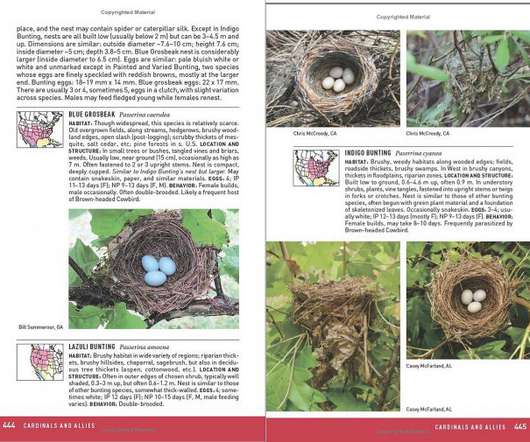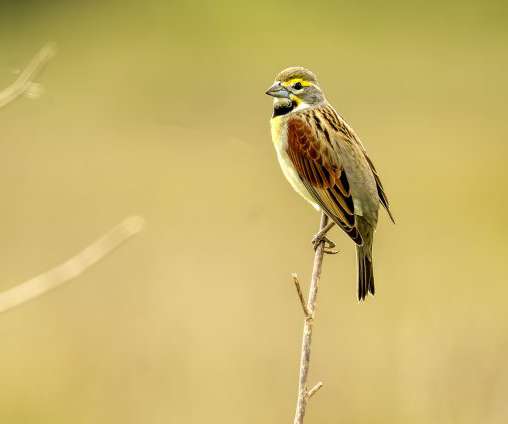Peterson Field Guide to North American Bird Nests: A Field Guide Review
10,000 Birds
DECEMBER 7, 2021
This may have been partly a leftover from the Victorian fascination with egg collecting (the infamous passion known as oology), but probably more from people’s burgeoning interest in the nests and eggs found in their gardens and fields, gateway artifacts to a newer hobby called birdwatching. The Harrison guides are out of print.














Let's personalize your content